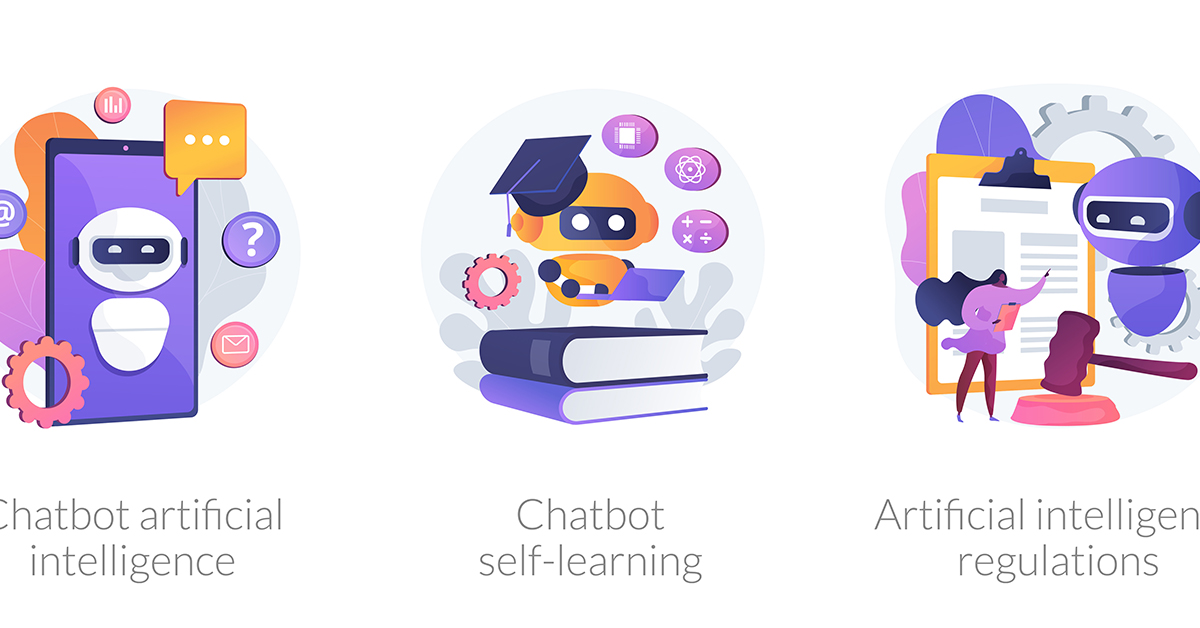Published : January 11, 2022
Table of Contents
Share this Article

A chatbot is a computer program that utilizes artificial intelligence software to simulate and process human conversation, thereby allowing humans to interact with digital devices. Chatbots are important as they can process information and formulate responses to answer questions accordingly. Chatbots can come in different forms, ranging from simple chatbot programs that answer a single question with a single-line response or more advanced versions which can verbally interact with users and converse with humans.
There are two main types of chatbots, these are the data-driven and conversational chatbots, and task-oriented chatbots.
Task-oriented chatbots focus on performing one function. As a result of this, they tend to be single-purpose programs that use natural language processing, rules, and machine learning to generate automated responses to user inquiries. These chatbots have basic capabilities and are the most commonly used chatbots. These chatbots interact in highly specific and structured manners that are mostly applicable to service and support functions. An example would be the automated voice you hear when you call the bank, it answers simple queries such as business hours and assists with simple transactions.
Data-driven and conversational chatbots are often digital or virtual assistants and are much more interactive, personalized and sophisticated than their task-oriented counterparts. These chatbots can apply predictive analytics and artificial intelligence to engage in more personalized conversation and interaction based on the user’s history and profile. These chatbots are also able to leverage machine learning, natural language processing, and understanding in their conversations to continuously learn and adapt to different conversations. As a result, they can provide recommendations, anticipate needs and learn the user’s preference. Some examples of data-driven and conversational chatbots are Amazon’s Alexa and Apple’s Siri, which can initiate conversations, and are data-driven, consumer-oriented chatbots.
Chances are you have probably encountered and interacted with a chatbot. Chatbots are found in numerous businesses and are especially popular in the healthcare, banking, and hospitality sectors as a form of customer service and engagement. To first understand how a chatbot works, we need to understand the core tasks of a chatbot.
A chatbot’s core tasks involve analyzing the user request and returning the response. Analyzing the user request is the first task which the chatbot does to extract relevant entities and identify the user intent. This is the most crucial step of a chatbot because if it is unable to correctly analyze the user request, it is unable to formulate an appropriate response. The second step involves returning the response to the user request. There could be a variety of responses depending on the user request, some of which may be data stored in enterprise systems, a predefined and generic text, a contextualized piece of information based on the user’s data, or disambiguating questions that help the chatbot to correctly understand the request.
These two steps and numerous other characteristics of a chatbot are driven by automated rules, natural language processing (NLP), machine learning, and artificial intelligence.
Dufourstrasse 22,
8008 Zurich, Switzerland
L-148, Bhive Workspace, 5th Main Road, HSR, Layout Sector-6 Bangalore 560102
42-44, Bishopsgate,
London EC2N 4AH
8 The Green Ste A
Dover, De 19901
Copyright © 2025, Enterprise Bot